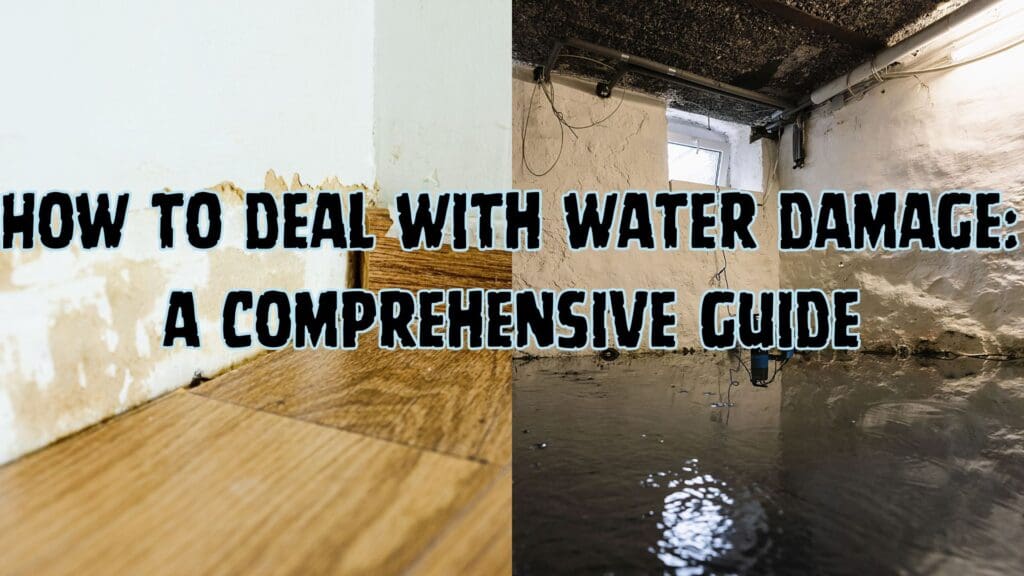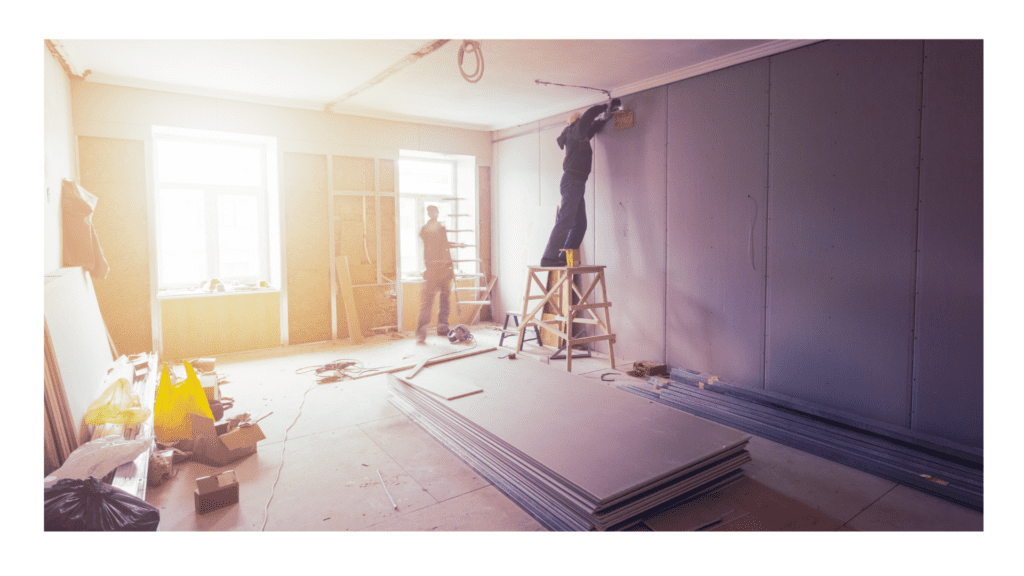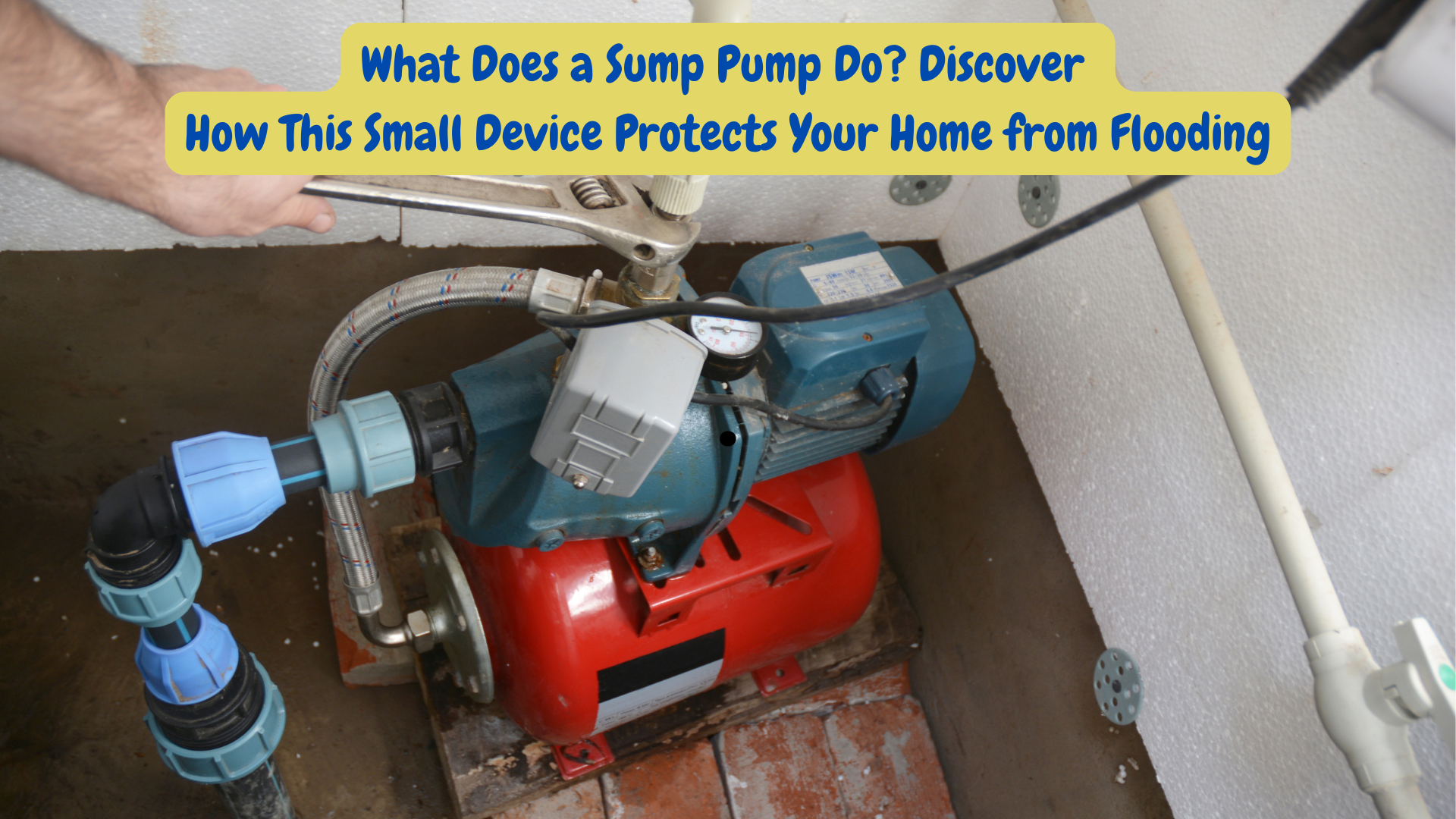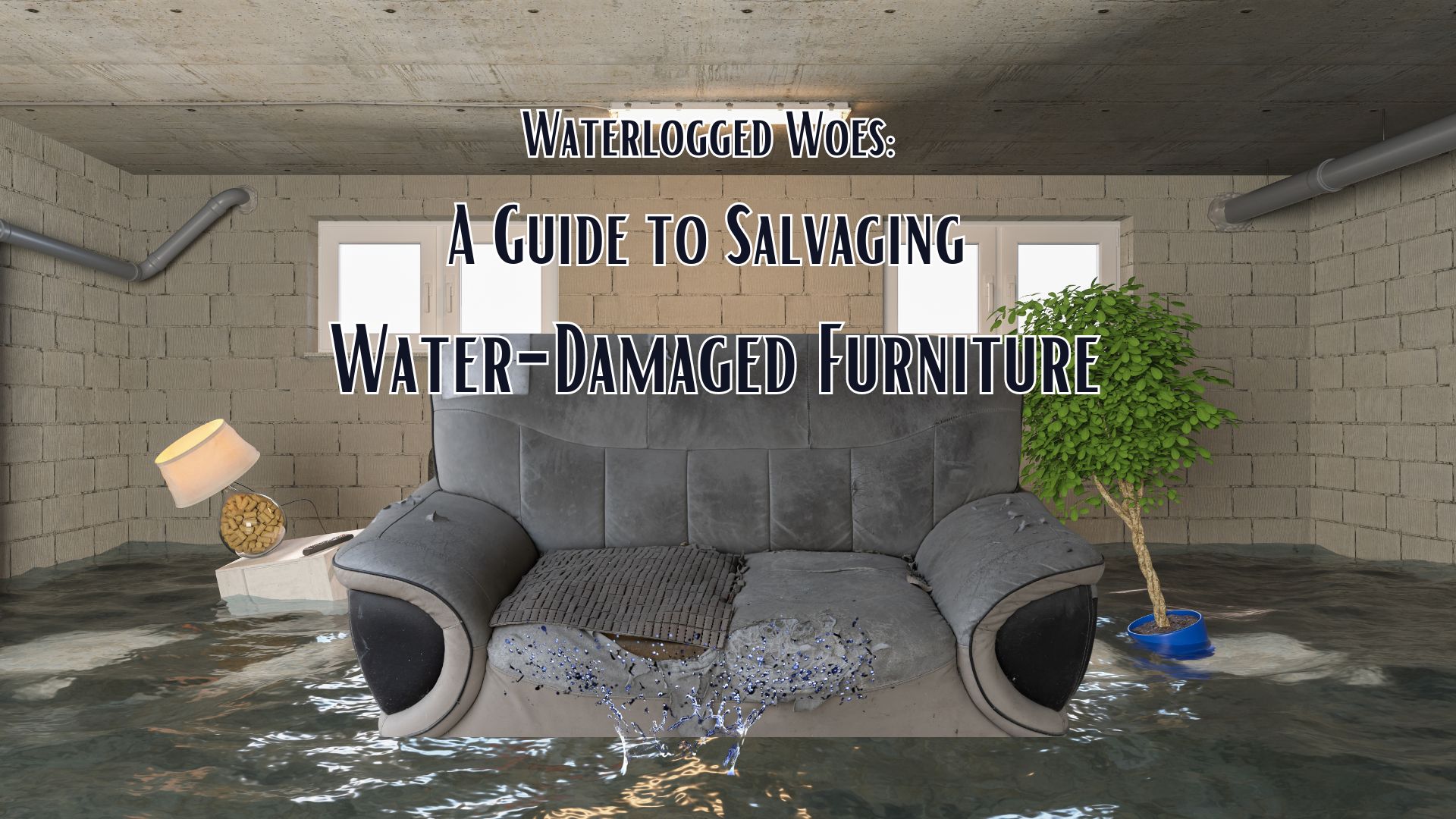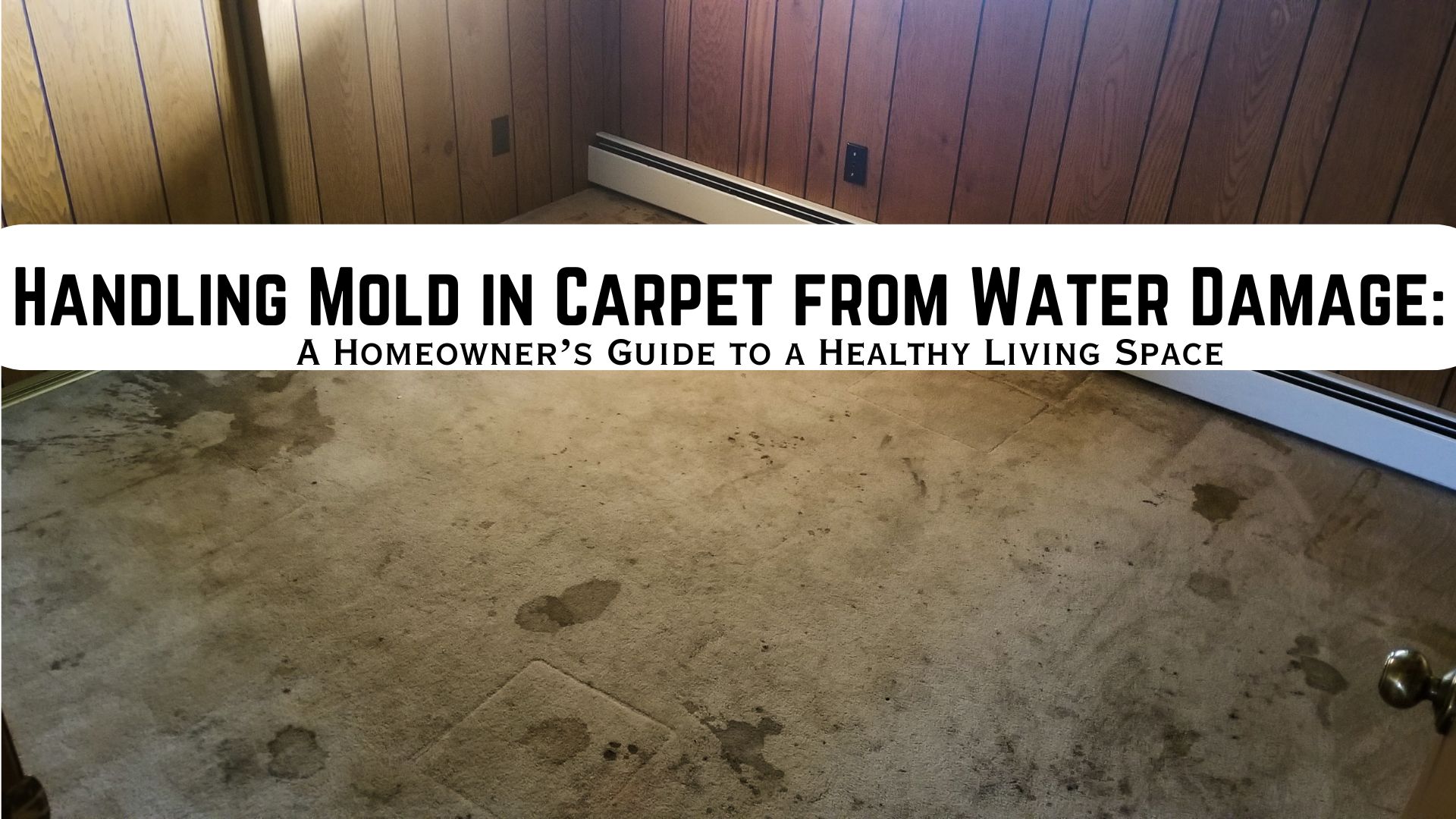How to Deal with Water Damage
Water damage is a homeowner’s worst nightmare. Whether it’s caused by a burst pipe, a leaky roof, a flood, or any other source, water damage can be destructive and costly to repair. However, when dealing with water damage, a proactive and well-informed approach can make all the difference. In this comprehensive guide, we’ll explore the steps you need to take to effectively deal with water damage in your home.
1. Safety First
When water damage strikes, your first and foremost concern should be safety. Water damage can introduce various risks, including electrical hazards, slippery surfaces, and potential contamination from sewage water. Here are some crucial safety measures to take:
- Turn off the electricity and gas: The first step is to ensure that your home’s electricity and gas supply is turned off. This will prevent electrical shocks and gas leaks, both of which can be life-threatening.
- Wear protective gear: When dealing with water damage, always wear appropriate protective gear, including rubber boots, gloves, and even a mask. This will minimize contact with potentially contaminated water and airborne particles.
- Be cautious of slippery surfaces: Water on surfaces, especially hardwood or tiled floors, can be extremely slippery. Move cautiously to avoid accidents.
2. Identify and Stop the Source
The next step is to identify and stop the source of the water. This is essential to prevent further water from entering your home. The source of water damage can vary and may include:
- Burst pipes: If the water damage is caused by a burst pipe, locate the shut-off valve for the affected pipe or your home’s main water supply and turn it off.
- Leaky roof: If a leaky roof is an issue, you may need to temporarily patch the leak or place a container to collect the water until you can make more permanent repairs.
- Flood: If you’re dealing with floodwater, ensure that the floodwaters have receded and it’s safe to re-enter your home before starting the cleanup process.
3. Assess the Extent of the Damage
Once you’ve stopped the source of the water, assess the extent of the damage. This assessment should include:
- Inspecting walls, floors, and ceilings for visible damage.
- Checking for structural issues or areas that may pose safety hazards.
- Identifying any personal belongings that have been damaged.
This assessment will help you understand the scope of the damage and prioritize your efforts.
4. Remove Standing Water
Standing water in your home can cause further damage and is a breeding ground for mold and mildew. To remove standing water, you can use several methods:
- A wet-dry vacuum: This is an effective way to remove water from floors, carpets, and other surfaces.
- Submersible pumps: For larger volumes of water, a submersible pump may be necessary.
- Buckets and mops: In the absence of specialized equipment, buckets and mops can be used to manually remove water.
It’s essential to act quickly to prevent further damage and health hazards.
5. Dry the Affected Area
Properly drying the affected area is crucial to prevent mold growth and further structural damage. Even if you’ve removed the standing water, moisture may still be present in walls, floors, and other materials. Here’s how to ensure thorough drying:
- Use fans and dehumidifiers to enhance airflow and reduce humidity levels.
- Open windows and doors to encourage natural ventilation.
- Remove wet materials that cannot be salvaged, such as carpet padding, insulation, and drywall. These materials can retain moisture and promote mold growth.
6. Disinfect and Clean
Cleaning and disinfecting are vital steps in the water damage restoration process. Water damage can introduce harmful bacteria, and the growth of mold and mildew can be a health hazard. To effectively clean and disinfect, follow these steps:
- Use a mixture of water and bleach (one part bleach to ten parts water) or a commercial disinfectant to clean and disinfect all surfaces exposed to water. This includes walls, floors, and personal items.
- Pay close attention to areas that were in contact with contaminated water, such as floodwaters or sewage.
- Wipe down and disinfect any salvageable personal belongings that may have been affected.
Proper cleaning and disinfection will help ensure the safety of your living environment.
7. Repair and Restore
After thoroughly drying and disinfecting the affected area, it’s time to start repairing and restoring your home. The extent of the repair work will depend on the severity of the water damage. Here are some common tasks involved in the restoration process:
- Replacing damaged drywall and insulation: Water-damaged drywall and insulation must be removed and replaced to prevent mold growth and structural issues.
- Repairing or replacing damaged flooring: In many cases, water-damaged flooring, such as hardwood, laminate, or carpet, will need to be repaired or replaced.
- Repainting walls and ceilings: After any structural repairs are completed, you can repaint the affected areas to restore your home’s appearance.
- Fixing or replacing damaged electrical and plumbing systems: If your electrical or plumbing systems have been compromised by water damage, it’s crucial to have a professional inspect and make necessary repairs.
In some cases, extensive damage may require the expertise of water damage restoration professionals who have the necessary tools and experience to ensure a thorough restoration.
8. Document the Damage
To facilitate insurance claims and for your own records, document the water damage extensively. This documentation is essential for various reasons:
- Insurance claims: When filing an insurance claim, having thorough documentation of the damage will expedite the process and help ensure you receive the compensation you’re entitled to.
- Personal records: Keeping a record of the damage and the restoration process is valuable for your own records and for any potential future sales of your property.
Document the following:
- Photographs: Take detailed photographs of the damage, both during the initial assessment and throughout the restoration process. This visual evidence is crucial for insurance purposes.
- Inventory: Create a detailed list of damaged items and materials. Include their approximate value, purchase date, and any receipts you may have.
9. Contact Your Insurance Company
Contact your homeowner’s insurance company as soon as possible to report the damage and begin the claims process. Keep in mind that insurance policies can vary in terms of coverage for water damage, so it’s crucial to understand your policy and what it covers.
When contacting your insurance company:
- Provide them with a detailed description of the damage and the source of the water.
- Share the photographs and documentation you’ve collected.
- Follow their guidance and instructions for the claims process.
Promptly reporting the damage and providing the necessary documentation will help ensure a smoother and quicker claims process.
10. Prevent Future Water Damage
Preventing future water damage is just as important as dealing with the current issue. While you can’t always predict when water damage will occur, you can take proactive measures to reduce the risk. Here are some strategies:
- Regular inspections: Conduct regular home inspections to identify and address potential sources of water damage. Pay special attention to vulnerable areas like the roof, basement, and plumbing.
- Sump pump installation: Consider installing a sump pump in your basement if you’re in an area prone to flooding. A sump pump can help remove excess water and prevent basement flooding.
- Gutter and downspout maintenance: Keep your gutters and downspouts clear of debris to ensure proper water drainage. Clogged gutters can lead to roof leaks and foundation damage.
- Waterproofing: If you have a basement, consider waterproofing it to prevent water intrusion. Waterproofing can include sealing cracks, installing drainage systems, and using water-resistant materials.
- Appliance maintenance: Regularly inspect and maintain household appliances that use water, such as washing machines, dishwashers, and water heaters. Replace hoses and connectors that show signs of wear and tear.
- Emergency preparedness: Develop an emergency plan for your family, including knowing the location of emergency shut-off valves and having essential supplies on hand in case of a sudden water-related emergency.
Contact a Trusted Water Damage Restoration Company
Dealing with water damage can be a challenging and stressful experience, but by taking swift and informed action, you can minimize the damage and restore your home to its former glory. Remember, safety is paramount, so always prioritize your well-being and that of your family. With the right approach, you can effectively deal with water damage and protect your home from future incidents.
If you find the process of dealing with water damage overwhelming or if the damage is extensive, it’s essential to seek professional assistance. Superior Restoration is a trusted name in the field of water damage restoration. Their team of experts is well-equipped to handle the most challenging situations, offering a wide range of services, including water extraction, structural drying, mold remediation, and complete restoration. They can provide the expertise and equipment needed to ensure a thorough and safe recovery.
In times of distress, having a reliable partner like Superior Restoration can make a significant difference in the outcome of your water damage restoration efforts. Their experience, professionalism, and dedication to your well-being and property’s integrity can ease the burden during a challenging time and help you get back to the comfort and security of your home as quickly as possible.

